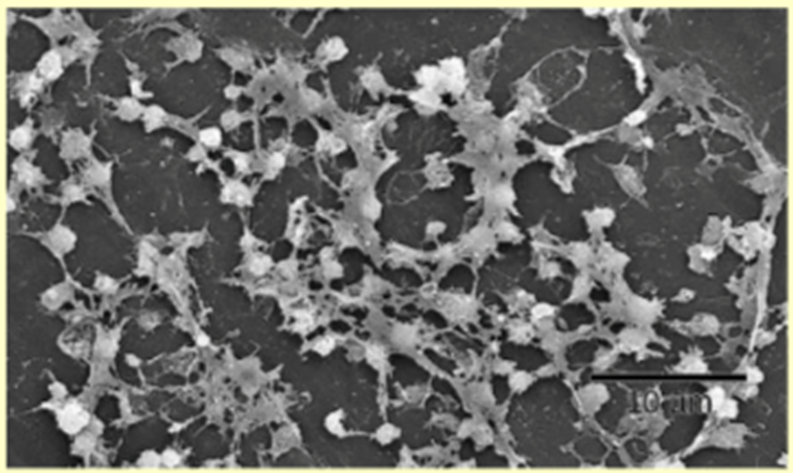During a controlled experiment, a scientist isolates and tests
A) a control group.
B) a conclusion.
C) a single variable.
D) a mass of information.
Ans: C) a single variable.
You might also like to view...
Collecting data without a specific hypothesis in mind is called
A. reductionism. B. hypothesis testing. C. discovery-based science. D. theoretical. E. All of these choices are correct.
The Staphylococcus aureus bacteria shown in the image below form biofilms in medical equipment. Bacteria such as this use quorum sensing to delay the production of toxins until the colony has reached a specific size. What advantage does this have over producing toxins immediately?

a. The toxins produced by bacterial biofilms are polymer chains that cannot be synthesized within individual bacteria.
b. Bacteria require the additional time to develop immunity against the toxins they release, which are otherwise fatal.
c. Quorum sensing ensures that the colony can remain undetected until it is large enough to damage or destroy its host.
d. Biofilms are capable of rudimentary intelligence via neural networking behavior when sufficient bacteria are present.
What is false about sea stars?
a. they cannot regenerate. b. broadcast spawning is common. c. asexual reproduction is common. d. tube feet are located on the oral surface. e. stomach is everted to digest its prey.
Why might increased soil fertility result in lower species diversity?
A) There is no relationship between soil fertility and species diversity. B) Increased nutrients help more rare plants survive. C) Dominant species are better able to outcompete other species. D) Dominant species are less able to outcompete other species.